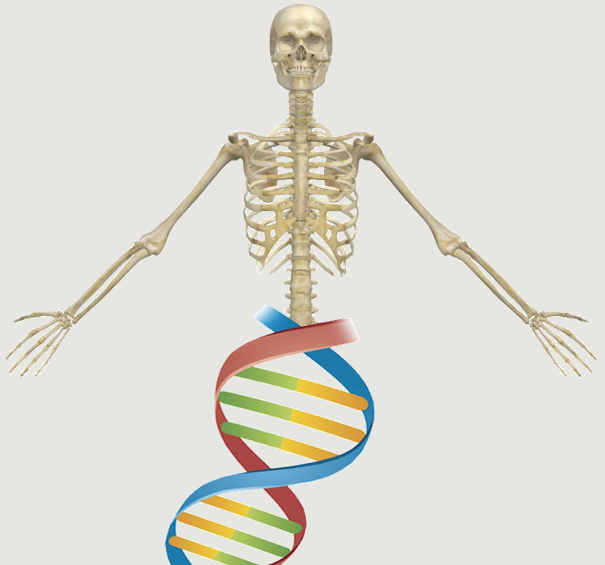Gazit D, Zilberman Y, Turgeman G, Zhou S, Kahn A.
Recombinant TGF-beta1 stimulates bone marrow osteoprogenitor cell activity and bone matrix synthesis in osteopenic, old male mice [Internet]. J Cell Biochem 1999;73(3):379-89.
Publisher's VersionAbstractWe have previously hypothesized that the osteopenic changes seen in the skeletons of old male BALB/c mice are due to reductions in the availability and/or synthesis of bone TGF-beta which results in fewer, less osteogenic marrow osteoprogenitor cells (CFU-f; OPCs) and lower levels of bone formation. Among other things, this hypothesis would predict that introducing exogenous TGF-beta into old mice (growth factor replacement) should stimulate marrow CFU-f and increase bone formation. In the present study, we have tested this prediction and, indirectly the hypothesis, by injecting human recombinant TGF-beta1, i.p., into both young adult (4 month) and old mice (24 month). The effects of the growth factor on the skeleton were then assessed by measurements of trabecular bone volume, bone formation, fracture healing, and the number, proliferative, apoptotic, and alkaline phosphatase activity of marrow CFU-f/OPCs. Our data show that the introduction of 0.5 or 5.0 ug/day of TGF-beta1 into old mice for 20 days 1) increases trabecular bone volume, bone formation and the mineral apposition rate, 2) augments fracture healing, 3) increases the number and size of CFU-f colonies, and 4) increases proliferation and diminishes apoptosis of CFU-f in primary bone marrow cultures. Importantly, these stimulatory effects of injected growth factor are apparently age-specific, i.e., they are either not seen in young animals or, if seen, are found at much lower levels. While these observations do not exclude other possible mechanisms for the osteopenia of old mice, they provide further support for the hypothesis that, with age, diminished TGF-beta synthesis or availability results in a reduction in the marrow osteoprogenitor pool and bone formation. The findings also demonstrate that the latter changes can be reversed, at least transiently, by introducing exogenous TGF-beta1.

